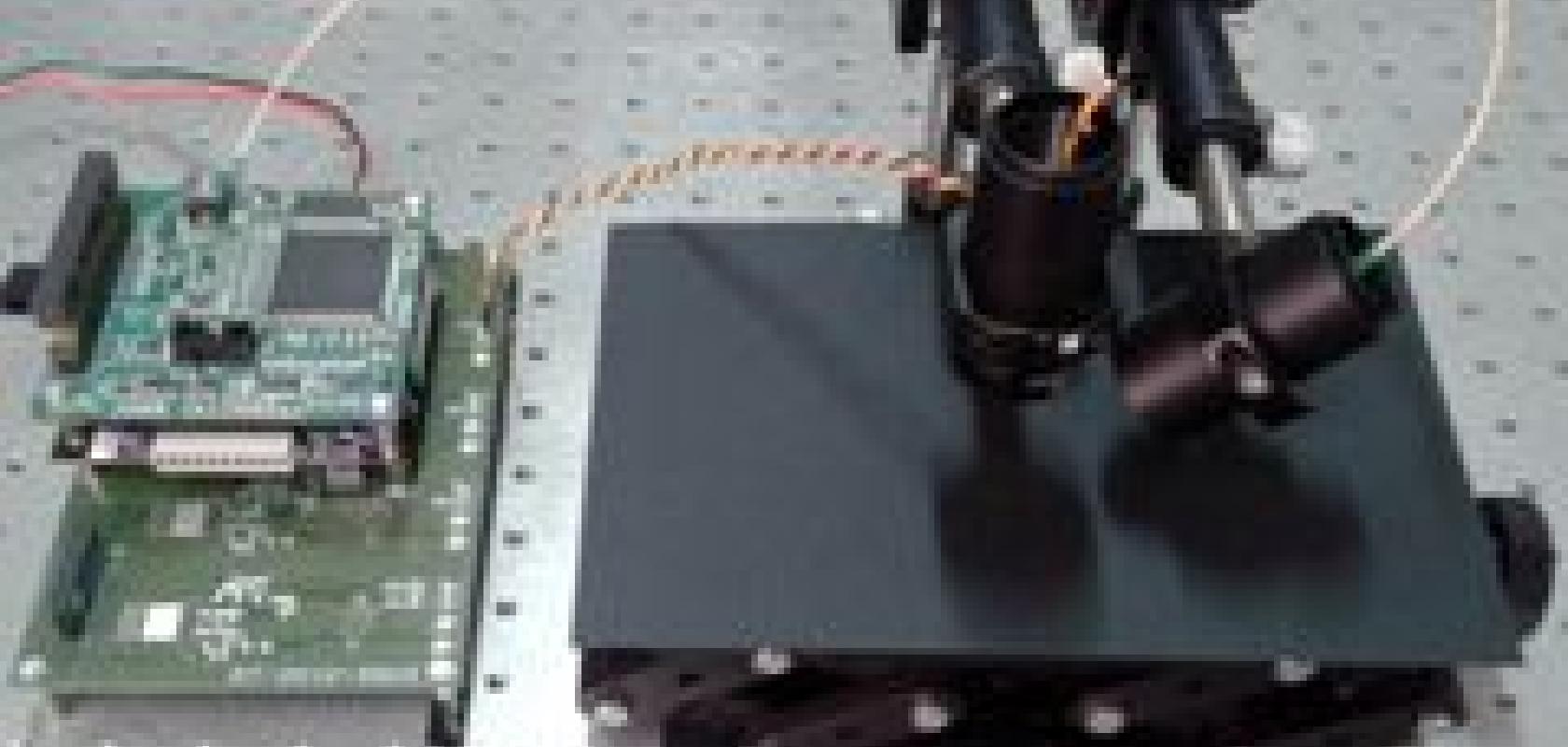Engineers at Carlos III University in Madrid, Spain, have designed an optical sensor that detects how much salt is on road surfaces in real time. The sensor, described in a research paper published in February, prevents the need to spread the substance excessively, because although salt prevents ice from forming on roads, it can also harm vehicles, infrastructure and the environment.
It is common to spread salt on roads to prevent ice and the hazards it can entail for traffic. This preventive treatment is based on weather forecasts, but does not take into account that the road can already have enough salt, which may have been scattered by the road authorities during previous frost and snowfall.
‘This overacting can have various repercussions, both financial – as too much product is wasted – and environmental – as sodium chloride damages vegetation and contaminates aquifers – as well as having corrosive effects on vehicles and infrastructure,’ explained Marta Ruiz-Llata, a lecturer in the Department of Electronic Technology at Carlos III University in Madrid.
The team of researchers has developed the first optical sensor to monitor the amount of residual salt on the dry road surface, ‘which is of great interest for preventive action, since we can avoid adding excessive salt,’ added Ruiz-Llata.
The sensor is capable of measuring the luminescent properties of sodium chloride (its range and decay time), which enables concentrations of salt lower than 20g/m2 – the quantity it is recommended not to exceed – to be detected.
Furthermore, the sensor can be integrated into vehicles for carrying out maintenance, according to Ruiz-Llata: ‘The device acts remotely and its compact design makes for easy installation in any road maintenance vehicle.’
The research was funded by Alvac SA a company specialising in road preservation. The salt sensor is planned to be part of a future system for monitoring road parameters currently being developed by the team.
Details of the research have been published in the journal Sensors and Actuators B.


